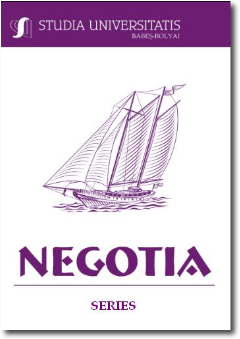BENCHMARKING ELEMENTS FOR CLUJ-NAPOCA HOTEL INDUSTRY
BENCHMARKING ELEMENTS FOR CLUJ-NAPOCA HOTEL INDUSTRY
Author(s): Smaranda Adina Cosma, Alexandra UrcanSubject(s): Economy
Published by: Studia Universitatis Babes-Bolyai
Keywords: benchmarking; quality; tourism infrastructure; country brand; hotel industry.
Summary/Abstract: Seen from the perspective of tourism potential, Cluj-Napoca, one of the main cities in Romania, taking into account several factors such as economics, education, recreational opportunities, green space, trade, healthcare and climate, has a comparative advantage because of the varied landscape and geographical position. The city also has a rich historical and cultural heritage, materialized in monuments, museums, memorial houses, medieval churches and cathedrals, monuments, architecture, etc. In this manner, Cluj-Napoca gained a significant competitive advantage and so, the city is considered the center of tourist development in its region, a starting point to target tourist areas. The paper focuses on the development of the city's competitive advantage by implementing elements of the benchmarking process to identify local best practices, operational policies and marketing activities leading to improved quality of hotel’s services and hence the formation of differentiation strategies. In conclusion, the research stresses the importance of knowing what kind of connections can be developed between tourism and hotel industry and why is necessary its inclusion as an essential part in shaping the brand of the country. Hospitality, service quality accommodation are some of the elements that may influence not only the dynamic of tourism as an industry, but also its efficiency. Experienced travelers know the importance of the role that quality plays in strengthening the tourism infrastructure of the country's image. Identifying some examples of good practice in hotels, using benchmarking process could encourage the formation of a competitive domestic environment, that is open to changes for improving national tourism infrastructure, but also targeting the tourist and setting internal policies on meeting its expectations and not least, to differentiate and get to a high level of inter-regional competitiveness.
Journal: Studia Universitatis Babes Bolyai - Negotia
- Issue Year: 55/2010
- Issue No: 4
- Page Range: 85-102
- Page Count: 18
- Language: English

